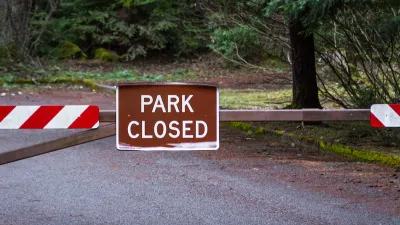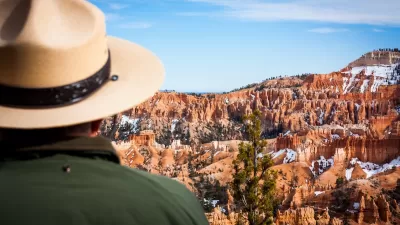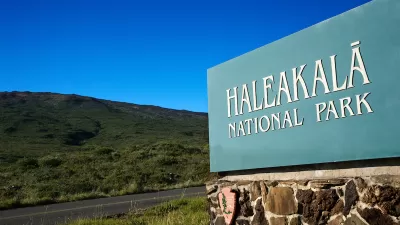The Canadian Parks and Wilderness Society warns that industry could jump on Nahanni National Park Reserve and stake claims when an interim ban ends in October unless the federal government grants the reserve permanent protected status.
"Then-prime minister Pierre Trudeau originally set aside the Nahanni in 1972 to protect it from proposed hydro-electric development after he was struck by the area's rugged beauty. A mighty river meanders through craggy canyons, plunging in thunderous plumes at mammoth waterfalls along the way. Wolves, grizzly bears, lynx and woodland caribou roam the dense boreal forest.
The United Nations later designated the area as a world heritage site in 1978.
At first, only 5,000 square kilometres were protected. Over the years, Ottawa has granted protected status to a swath of reserve surrounding the park.
The first expansion came in 2003, when the Dehcho First Nations gave Parks Canada temporary protection of an additional 23,000 square kilometres in the area through an interim land-withdrawal process.
The reserve's boundaries grew again last summer when Prime Minister Stephen Harper announced another 5,400 square kilometres of land would be barred from further development. All told, the park and reserve together now encompass an area that's nearly five times the size of Prince Edward Island.
But all this expansion has created a confusing patchwork in which the park is permanently off-limits to development while the reserve around it is only temporarily protected."
FULL STORY: Ottawa urged to firm up national park's boundaries to stem resource grab

Alabama: Trump Terminates Settlements for Black Communities Harmed By Raw Sewage
Trump deemed the landmark civil rights agreement “illegal DEI and environmental justice policy.”

Planetizen Federal Action Tracker
A weekly monitor of how Trump’s orders and actions are impacting planners and planning in America.

The 120 Year Old Tiny Home Villages That Sheltered San Francisco’s Earthquake Refugees
More than a century ago, San Francisco mobilized to house thousands of residents displaced by the 1906 earthquake. Could their strategy offer a model for the present?

In Both Crashes and Crime, Public Transportation is Far Safer than Driving
Contrary to popular assumptions, public transportation has far lower crash and crime rates than automobile travel. For safer communities, improve and encourage transit travel.

Report: Zoning Reforms Should Complement Nashville’s Ambitious Transit Plan
Without reform, restrictive zoning codes will limit the impact of the city’s planned transit expansion and could exclude some of the residents who depend on transit the most.

Judge Orders Release of Frozen IRA, IIJA Funding
The decision is a victory for environmental groups who charged that freezing funds for critical infrastructure and disaster response programs caused “real and irreparable harm” to communities.
Urban Design for Planners 1: Software Tools
This six-course series explores essential urban design concepts using open source software and equips planners with the tools they need to participate fully in the urban design process.
Planning for Universal Design
Learn the tools for implementing Universal Design in planning regulations.
Clanton & Associates, Inc.
Jessamine County Fiscal Court
Institute for Housing and Urban Development Studies (IHS)
City of Grandview
Harvard GSD Executive Education
Toledo-Lucas County Plan Commissions
Salt Lake City
NYU Wagner Graduate School of Public Service





























